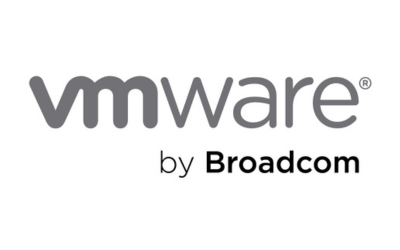Migrating to the public cloud offers numerous benefits, such as scalability, cost-efficiency, and increased agility.
However in these times where data breaches come with fines or loss of customers, organisations must prioritise their data security during the migration process to protect sensitive information from potential threats.
In this article, we will discuss essential tips and best practices to ensure data security when migrating to public cloud.
-
Perform a comprehensive risk assessment
Before starting your cloud migration process, conduct a thorough risk assessment to identify potential vulnerabilities and security gaps. Evaluate and classify the sensitivity of your data, assess the risks associated with its migration, and prioritise security measures accordingly. This assessment will provide a solid foundation for creating a robust data security strategy within your public cloud platform of choice.
-
Encrypt your data at rest and in transit
Encrypting data is vital to protect it from unauthorised access. By implementing strong encryption mechanisms will support and safeguard data both at rest and in transit. This means that even if an unauthorised individual gains access to your data, it will remain unintelligible without the encryption keys, protecting your data.
-
Implement access controls and authentication
Best practice is to implement strict access controls and strong authentication mechanisms to prevent unauthorised access to your cloud environment. You can utilise multi-factor authentication (MFA) to add an extra layer of security and verify the identity of users accessing critical data. Make sure that you regularly review and update access privileges to ensure that only authorised personnel have the necessary permissions to your data and systems.
-
Choose a reputable cloud service provider (CSP)
When selecting a CSP for your cloud migration, prioritise security as a key criterion. Research the security measures and certifications offered by the CSP, such as ISO 27001, cyber essentials, and PCI DSS compliance. Evaluate their track record in handling data breaches and their commitment to promptly addressing security vulnerabilities.
-
Create a data backup and disaster recovery plan
Protect your data in case of unexpected incidents by implementing robust backup and disaster recovery mechanisms. Ensure that you regularly back up your data to a separate location and verify the backup integrity, as well as testing the recovery process to ensure that your data can be restored quickly and effectively in the event of a data loss or breach.
-
Monitor and audit your cloud activity
Implement continuous monitoring and auditing solutions to detect any suspicious activities or security breaches in your cloud environment. There are many tools that you can utilise like security information and event management (SIEM) to proactively monitor and analyze logs, events, and alerts. Timely detection of security incidents enables swift response and mitigates potential risks.
-
Train employees on cloud security best practices
Prevention is the best approach. Educate your employees about cloud security best practices to ensure that they understand their responsibilities and contribute to your data security efforts. Provide training on topics such as secure data handling, password management, and recognising phishing attempts. Regularly update employees about emerging security threats and reinforce the importance of adhering to security protocols.
-
Regularly update and patch systems
Keep your cloud infrastructure and systems up to date with the latest security patches. Regularly monitor and install updates provided by the CSP to address vulnerabilities and protect against known security risks. Promptly address any identified vulnerabilities to maintain the integrity and security of your cloud environment.
-
Conduct penetration testing
Perform regular penetration testing to identify any vulnerabilities in your cloud infrastructure. Engage ethical hackers to simulate real-world attack scenarios and assess the effectiveness of your security measures. By uncovering weaknesses before malicious actors exploit them, you can take proactive steps to reinforce your security defences.
-
Maintain compliance with regulations
Ensure that your data and systems meet compliance with relevant data protection and privacy regulations, such as GDPR or HIPAA, depending on your industry and location. Understand the specific requirements and obligations related to data security and privacy. Implement necessary controls, document processes, and maintain proper documentation to demonstrate compliance during audits.
Migrating to the public cloud can offer significant advantages for organisations, but it is crucial to prioritise data security throughout the migration process. By following these essential tips and best practices, organisations can reduce security risks and ensure the protection of their sensitive data in public cloud environments. Taking proactive steps to secure data during cloud migration will instil confidence in stakeholders and enable organisations to harness the full potential of cloud computing while maintaining a robust security posture.
If you’re looking to migrate to public cloud and would like to ensure the security of your data, please contact us to discover how we can help.



